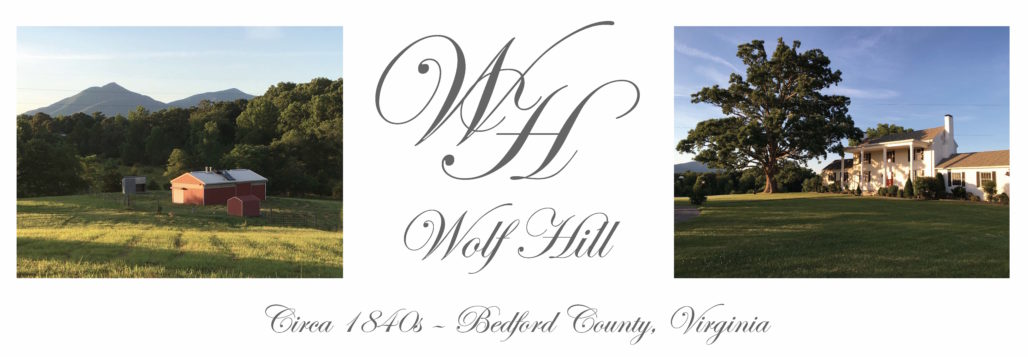
Right now there is a lot of discussion and debate regarding which is better: grass-fed and finished beef or grain-finished beef. The beef industry, lead largely by the big meat companies that control about 80% of America’s meat production, brilliantly marketed Angus and USDA Grain-Fed to the public, leading many people to conclude these are the gold standards for good beef. On the other side, local and sustainable agriculture advocates, such as Joel Salatin, have done an incredible job of raising awareness about feed lots (CAFOs) and related industrial agriculture practices and marketing naturally-raised, grass-fed and finished beef as an alternative.
Our cattle are grass-fed. We only give them a bit of grain as a treat and to get them to do what we want them to do (for example come into the stanchion or relocate to another field if they are reluctant or follow me home if they get out, etc.) Grain is a tiny fraction of their diet. We are trying to decide how to best finish them. I lean toward grass-finishing because they will be happier not penned up eating only grain, etc. Further, I have some fields with Johnson Grass. The cattle love Johnson Grass, and they really get fat on it. So, I may try finishing them on it.
Now, all of that said, a Christian should care what the Bible says about every topic. The Bible is the authority for our lives. Therefore, a Christian should be interested in what the Bible says about grass-fed v. grain-fed beef.
The older members of our family who can read well have started what we hope will become an enduring tradition of reading the Bible through together each year. My wife and kids did it last year, and I joined them this year. It is a wonderful practice. And, right in the midst of our Bible reading recently, I found Solomon’s answer to this question. We are not told that the Bible supports or requires one or the other of these methods of finishing. So, I don’t have a biblical answer to that extent. However, we are told about Solomon’s table and what it contained. Therefore, to that extent, we have Solomon’s answer to the question. (And, remember, Solomon was the wisest man to ever live.) Here is what 1 Kings 4:22-23 (LEB) tell us of Solomon’s table:
22 The food of Solomon for one day was thirty dry measures of choice meal and sixty dry measures of flour; 23 ten stall-fed oxen and twenty pasture-fed oxen and a hundred sheep, besides deer and buck gazelles and roebucks and well-fed fowls.
(Emphasis added.)
I chose the Lexham English Bible as I thought it captured the Hebrew best in this instance. I will let you look that up for yourself. Still, a few comments might help. First, oxen and cattle are basically the same thing. The difference only comes from how they are used–oxen are used to pull plows, etc. In other words, they are trained to work while other cattle are not. There are not separate Hebrew words for oxen and cattle, but rather the context tells us which it should be. In this passage, I am not sure that oxen is the best choice, but I do not quibble with it much given what I just said.
Second, the Hebrew word translated “stall-fed” here is the Hebrew word for “fat.” The question is how do you get these cattle so fat. The answer chosen by the translators here and in other versions is that they were stall-fed. A reason for this choice is that the very next phrase sets off these “fat cattle” against “pastured cattle.” Thus, it is reasonable to assume that “fat cattle” and “pastured cattle” are not the exact same thing or they would not be listed separately side-by-side in the list as if they are separate things. It would just read “thirty cattle.” Thus, I think the translation here best catches it: ten stall-fed (probably grain-fed and hay-fed and whatever else they could come up with to fatten up cattle not on pasture–you know, sort of like the fattened calf other places in Scripture) and twenty grass-fed and grass-finished cattle (i.e., kept on pasture instead of in a stall, which gives them more exercise and makes them leaner.)
In conclusion, Solomon’s answer seems to be that a table with great bounty and blessing on it includes a marvelous variety of food. A part of that marvelous variety is stall-fed beef and another part is pastured beef. Both seemed acceptable and desirable to Solomon.
So, what are we going to do?
Well, we might try both, but right now we are going with grass-fed and finished. We have lots of grass and hay for free, and we feel sorry for our animals when they are all cooped-up because they don’t like it. But, I would be wiling to try grain-finishing one as well. (I would just have to buy the grain and pen the steer up, which would be less fun for me and him. Thus, again, the preference for grass finishing.)
I guess if it is good enough for Solomon’s table, it is good enough for mine!




